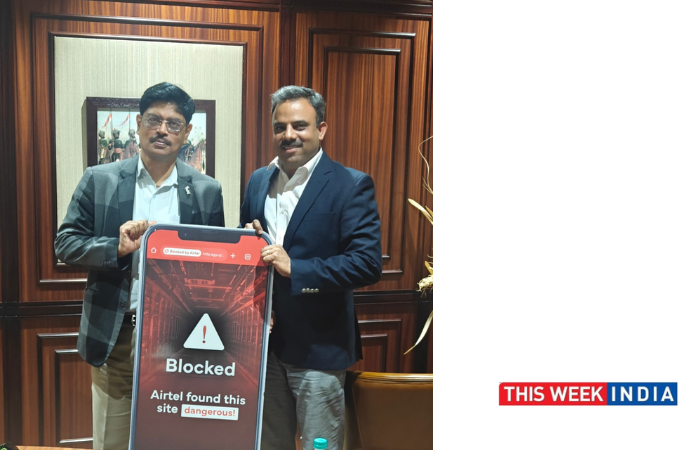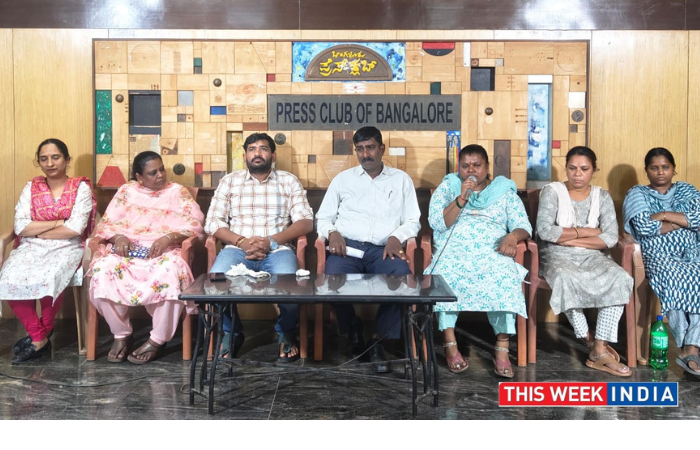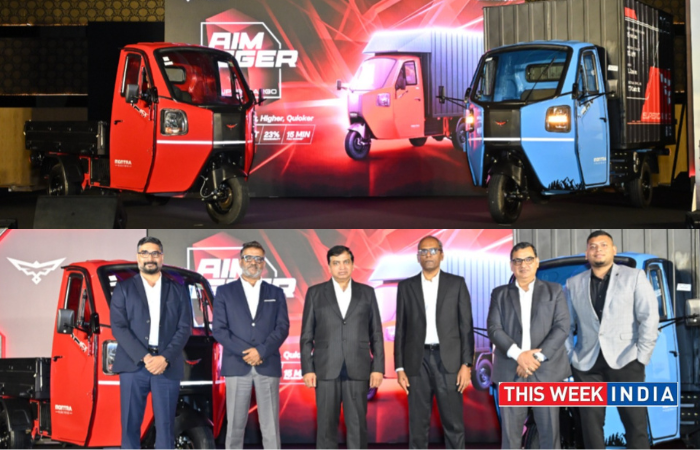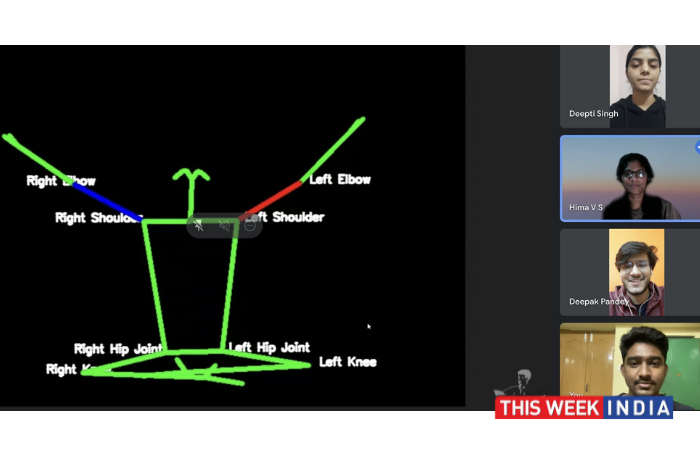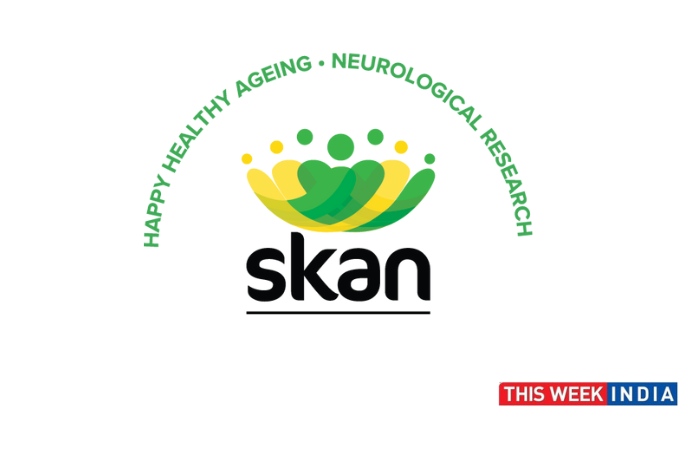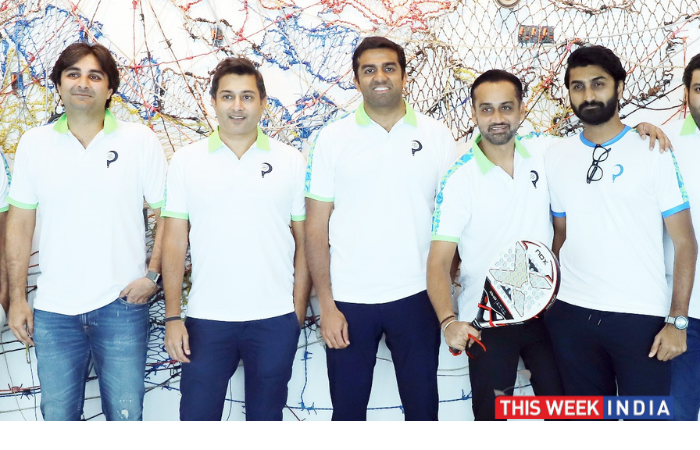Bangalore, Dec 16: New generation technologies such as Structural health monitoring ( SHM), Integrated vehicle health Management (IVHM) are the key enablers of the Indian combat aircrafts, as they ensure the safety and low cost maintainence explained Dr. V.K.Saraswat , member, NITI Ayog .
He was virtually addressing the VETOMAC- on the occasion of the platinum jubilee year of BMSCE and the memory of Prof.JS.Rao, organized by the BMS college, Vibration institution of India, IIT Guwahat and IIT Patna here on Thursday.
Mr. Saraswat in his presentation emphasized the role of these new technological innovations in the IAF. “Indian Air Force has already adopted these technologies. The combat aircrafts of IAF such as LCA MK1/1A, LCA MK2, AMCA, UCAV, RTA90 includes Structural health monitoring (SHM), Integrated vehicle health Management (IVHM) technology”, he said. “At present, the ongoing projects such as Nishant, Tejas and SARAS aircraft will have SHM technology”, he added.
IVIM makes the maintenance easier and also contributes to the cost reduction and the revenue generation. Since aircrafts are under constant pressure to reduce maintenance and operating costs, maximize utilixation without compromising on safety, adoption of the IVIM technology would be a smart way, he said.
The IVIM system can assist the aircraft or platform (any vehicle) in possessing higher degree of automation which in turn will make the operation safer and easier for the crew and the aircraft. But further more stronger research is necessary to adopt the same into high performing safety equipment’s of the country, said Saraswath.
The role of these digital twins in intelligent health and mission management is vital. It helps in real-time sensor measurements, performance and maintenance data, events, actions. These features ensures the detection of the threat and fixing it even when the aircraft is in the air, he added
Dr. Kota Harinaryana, Chairman, BOG, IIT Varanasi, in his keynote address said, “India is the major market for civil and military aircrafts. Growing needs to network the tier 2 and tier 3 cities, is demanding next generation aircrafts with safety, fuel, emission and maintenance standards. IVHM/SHM are the key enablers to ensure these features”.
But, There is a need for more training and expertise in this field, said Kota. “Despite the progress in technology development and acceptance by policy makers, the field application to new and legacy aircraft has not been implemented at expected pace”, he added.
India can grow as one of the main exporters of the IVHM technology in coming years, he predicted. He also advised the BMS college to start a small-scale IVHM industry catering to the needs of the industry.
The three day event will witness the Presentation of 118 papers on IVHM and other research both online and offline from different countries.
Eminent personalities like Nalinaksh Vyas, Indira Rao, wife of Prof. J.S.Rao, Murulidhara, Principal of BMSCE, K.R.Suresh, Vice Principal, BMSCE, Aviram Sharma, trustee, Rudra Naik, HMD, department of mechanical engineering were present in the occasion.



